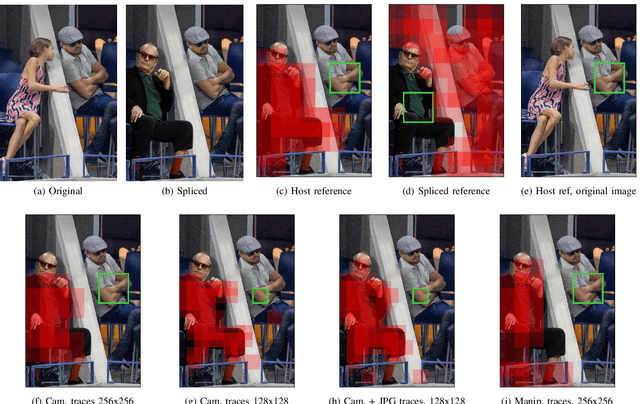Forensic Similarity for Digital Images
Paper and Code
Feb 13, 2019



In this paper we introduce a new digital image forensics approach called forensic similarity, which determines whether two image patches contain the same forensic trace or different forensic traces. One benefit of this approach is that prior knowledge, e.g. training samples, of a forensic trace are not required to make a forensic similarity decision on it in the future. To do this, we propose a two part deep-learning system composed of a CNN-based feature extractor and a three-layer neural network, called the similarity network. This system maps pairs of image patches to a score indicating whether they contain the same or different forensic traces. We evaluated system accuracy of determining whether two image patches were 1) captured by the same or different camera model, 2) manipulated by the same or different editing operation, and 3) manipulated by the same or different manipulation parameter, given a particular editing operation. Experiments demonstrate applicability to a variety of forensic traces, and importantly show efficacy on "unknown" forensic traces that were not used to train the system. Experiments also show that the proposed system significantly improves upon prior art, reducing error rates by more than half. Furthermore, we demonstrated the utility of the forensic similarity approach in two practical applications: forgery detection and localization, and database consistency verification.
 Add to Chrome
Add to Chrome Add to Firefox
Add to Firefox Add to Edge
Add to Edge